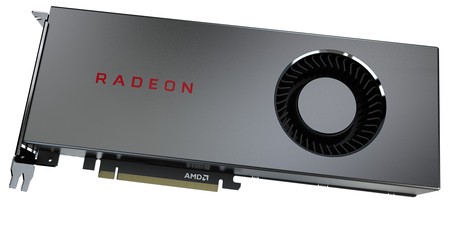
The Card
While AMD dabbled in multi-fan design for its Radeon VII card, it’s gone back to a more traditional single-fan reference design for RX 5700 and RX 5700 XT.
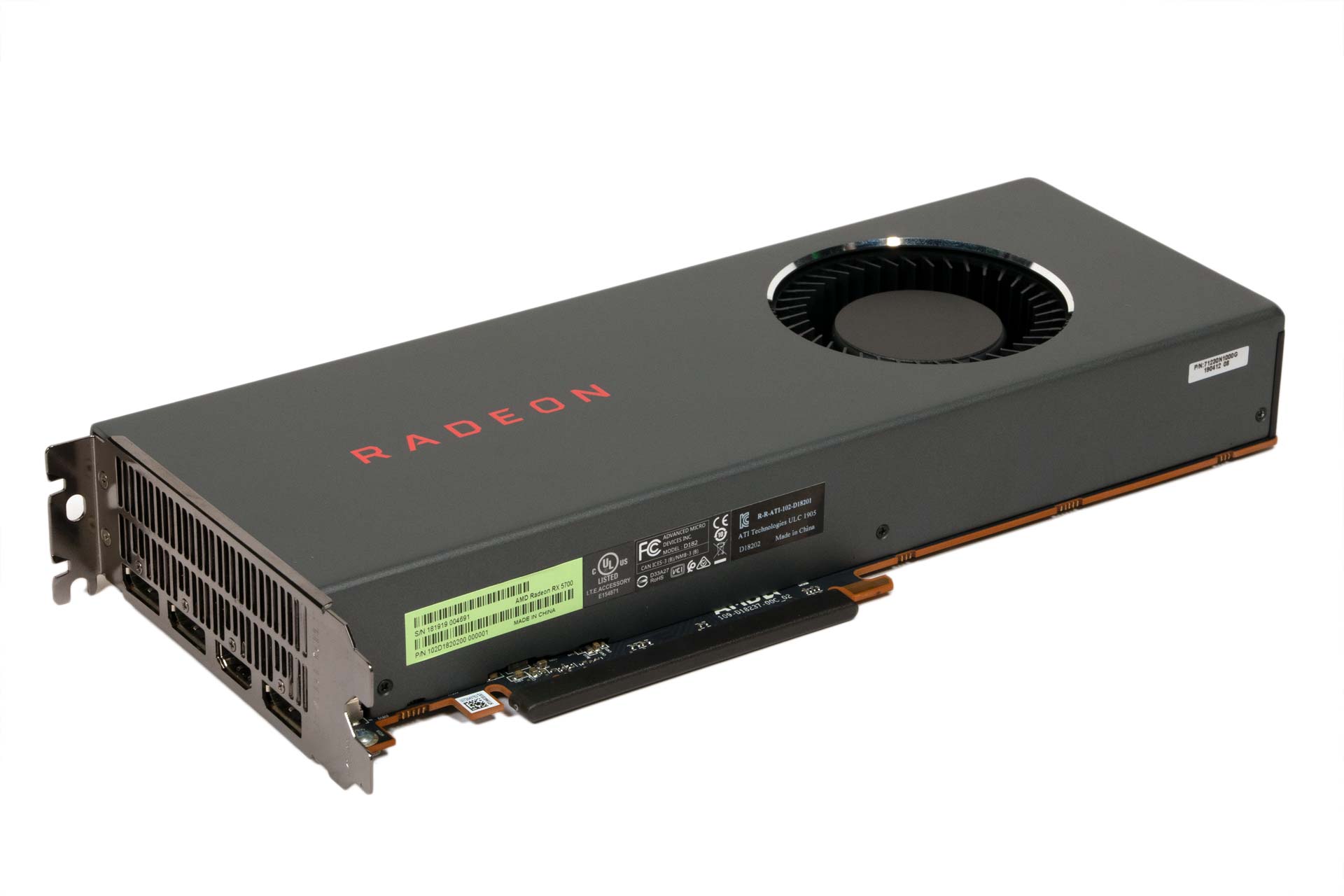
AMD pleasingly uses a metal shroud for the RX 5700, lending it a nice solid feel. It’s simpler and plainer in design compared to RX 5700 XT, coming without grooves cut into it, no ‘airflow-optimised’ and ‘acoustically tuned’ contour (the dent has gone!), and no LED logo on the top edge. Still, we rather like its understated aesthetic, but it’s unfortunate that the backplate has also vanished leaving the bare PCB exposed. Nvidia makes sure its Founders Edition cards all have one, making its absence here more keenly felt.
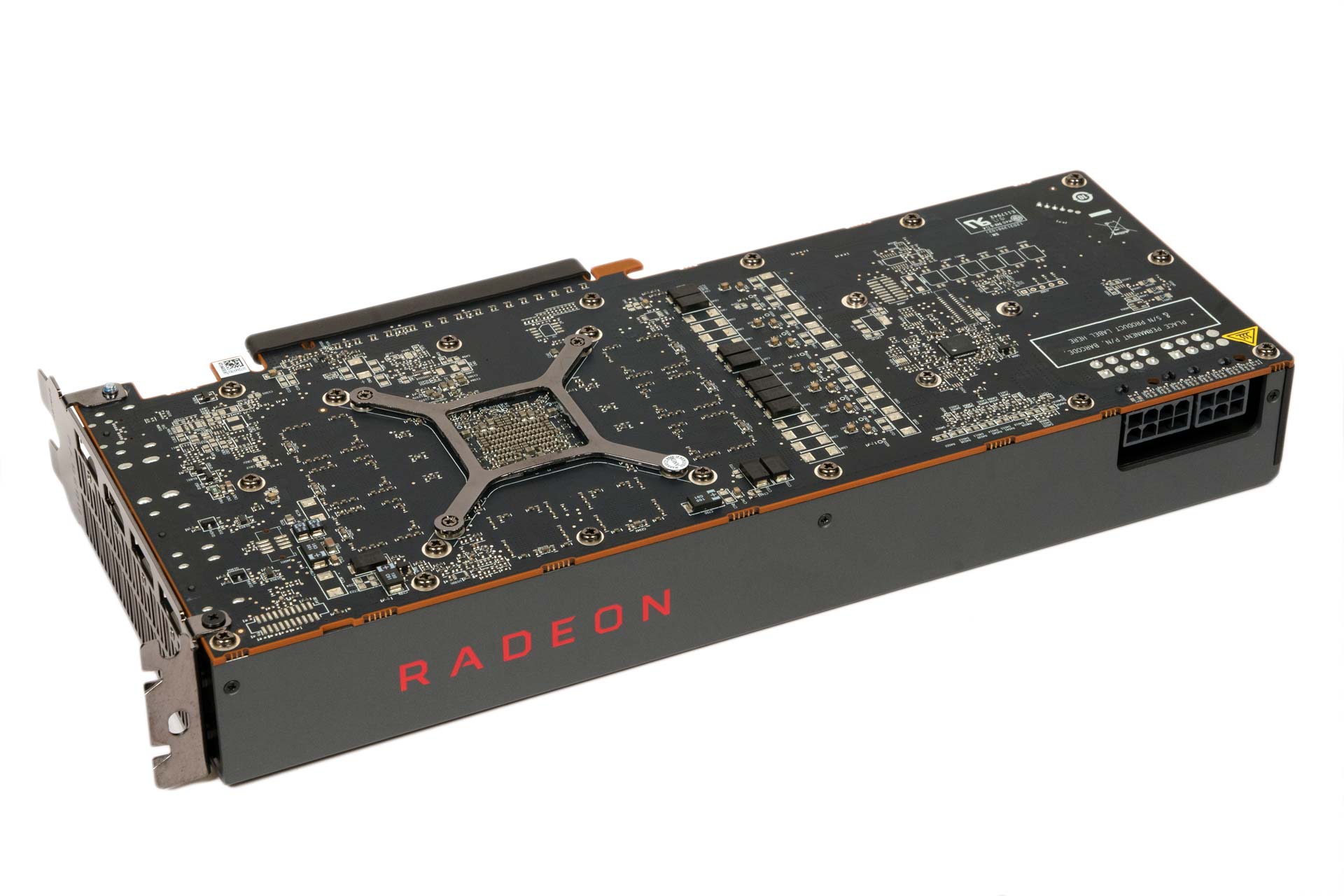
The RX 5700 uses the PCIe 4.0 interface currently found on new X570 motherboards only but fully backwards-compatible with PCIe 3.0. Via this, explicit multi-GPU is supported (game-driven using DX12 or Vulkan, per-game basis), but there is no support for true CrossFire (driver-driven, cross-game compatible).
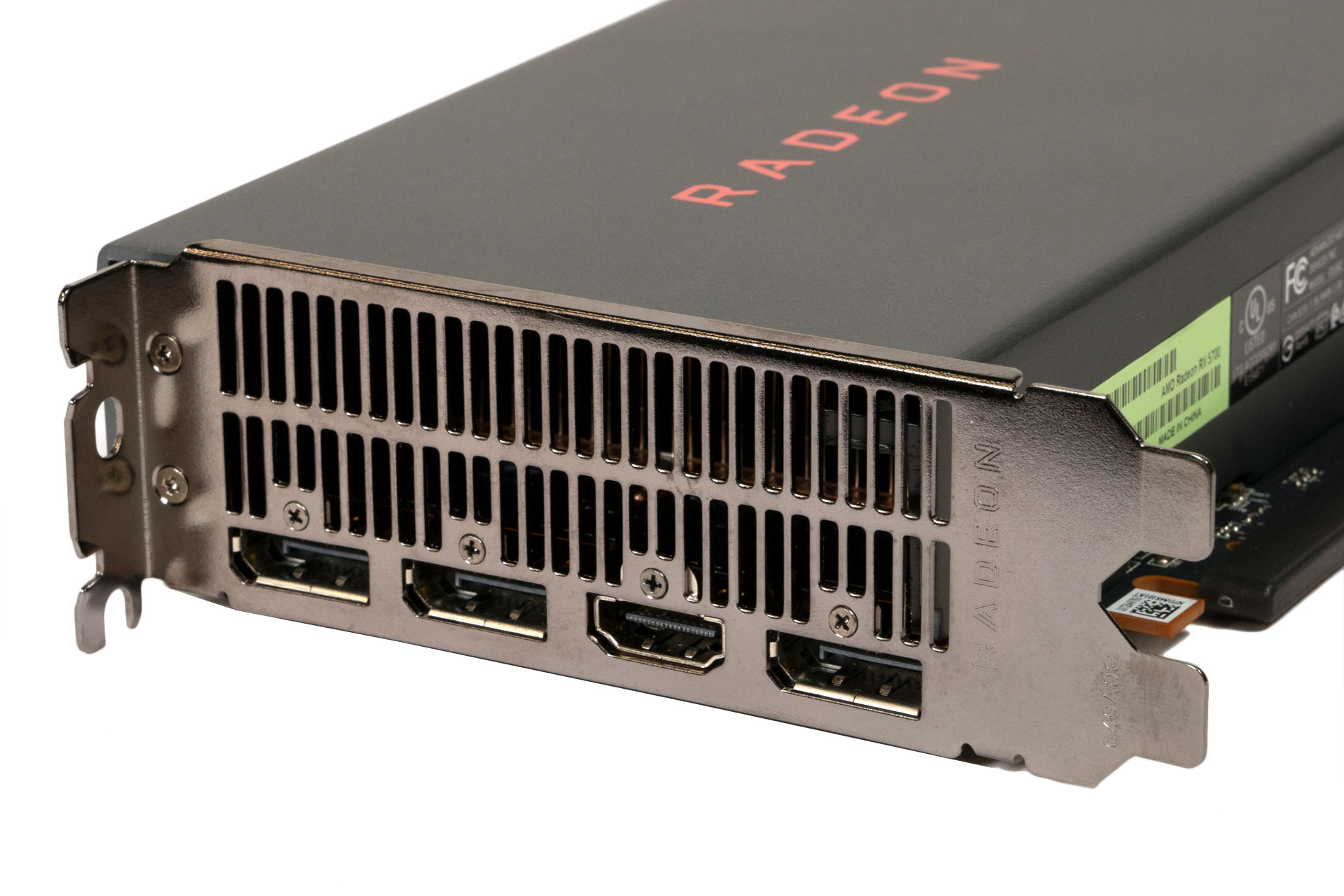
Display outputs match RX 5700 XT exactly, with three DisplayPort 1.4 connectors complemented by one HDMI 2.0b port, and FreeSync 2 HDR is of course supported. AMD has opted not to support the USB-C VirtualLink standard that you get on Nvidia cards. This will allow data, video, and power to be sent to next-gen VR headsets via a single cable.
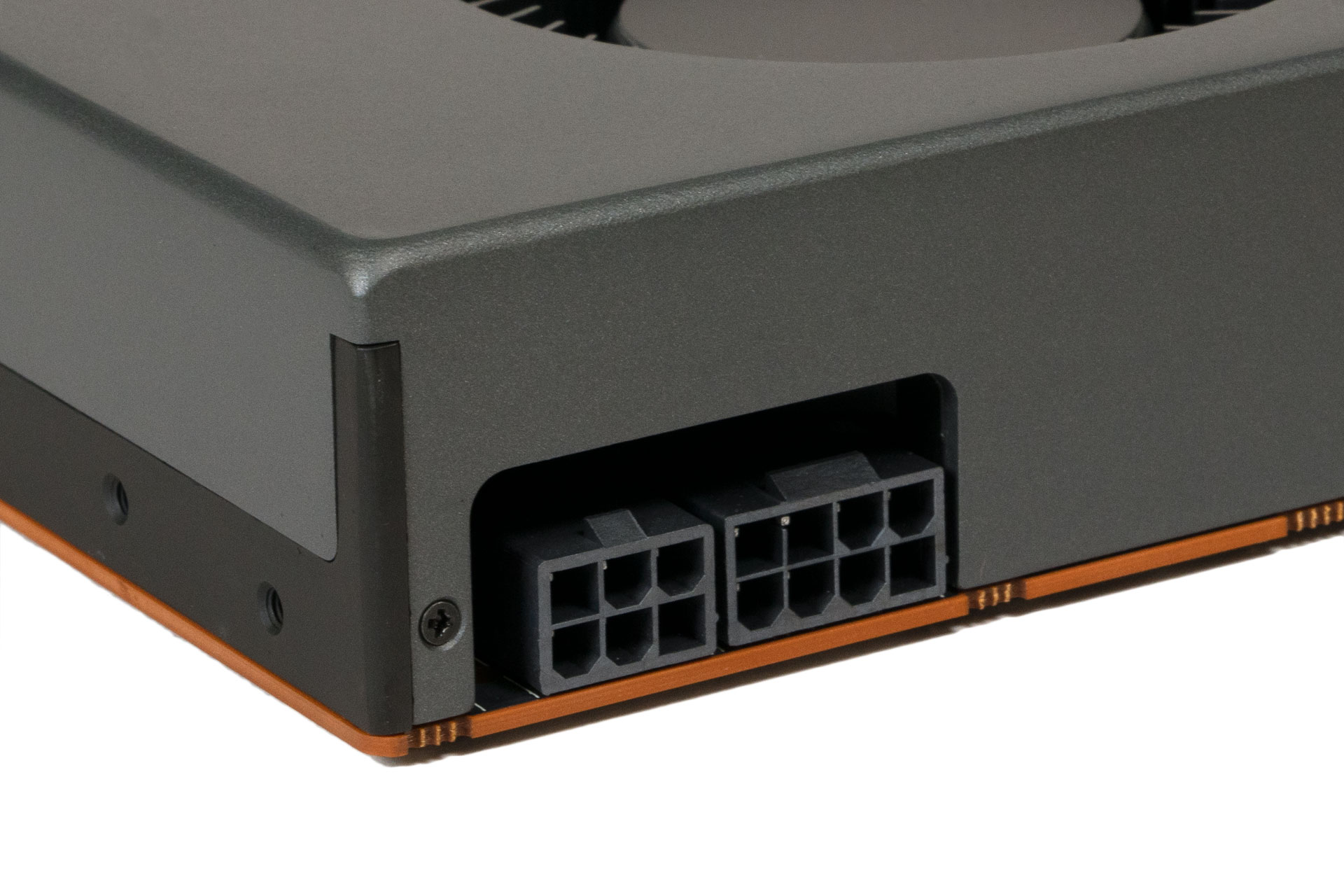
An eight-pin/six-pin PCIe power plug combo can deliver up to 225W, bringing the total available power to 300W when the PCIe slot is factored in. That means there’s oodles of headroom potentially available for overclocking, depending on how far AMD lets you push the power limit.
The RX 5700 uses a single radial fan to cool down a heatsink contained entirely within the closed shroud, evacuating nearly all air directly out of the rear I/O panel and thus placing minimal stress on a chassis’ own exhaust system. The fan remains on at all times.
Time limitations have prevented us from disassembling the card in time for this review, and AMD has been cagey about the cooling system used by the RX 5700 despite multiple requests for clarification. We suspect this means it is using a more traditional heat pipe-based heatsink rather than a more pricey vapour chamber that the Radeon RX 5700 XT, but we’ll just have to wait and see.
Similarly, it’s currently unclear whether AMD is using the same seven-phase digital VRM configuration as Radeon RX 5700 XT or something different for this card.
Specifications
- Graphics processor AMD Radeon RX 5700 (Up to 1,625MHz Game Clock)
- Pipeline 2,304 stream processors, 144 texture units, 64 ROPs
- Memory 8GB GDDR6, 14Gbps effective
- Bandwidth 448GB/sec, 265-bit interface
- Compatibility DirectX 12, Vulkan, OpenGL 4.5
- Outputs 3 x DisplayPort 1.4, 1 x HDMI 2.0b
- Power connections 1 x eight-pin PCIe, 1 x six-pin PCIe top-mounted
- Size 267mm long, dual-slot
- Warranty TBC

MSI MPG Velox 100R Chassis Review
October 14 2021 | 15:04

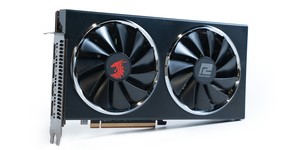
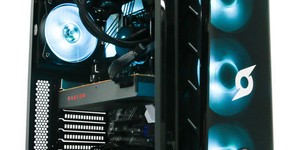
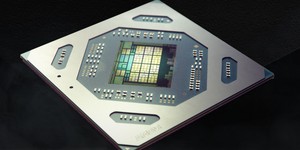




Want to comment? Please log in.